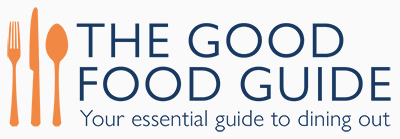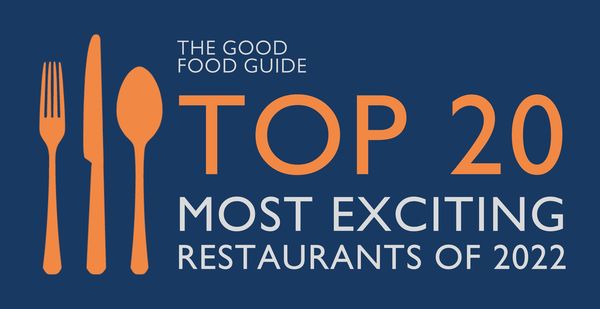Rome was founded on seven hills; 2,754 years later and it is still a city of wonderful views. The Aventine, Pincio, and Janiculum are all high points that spread the city before you like a 3D tapestry and make for good places to start or end a day. Equally emphatic are Rome’s many restaurants, cafes and bars, many of which are suited to bookending a day of exploration. To suggest there are 2,754 might be an exaggeration, but it can’t be that far off when considering all of Rome’s 21 rione (divisions).
There are elegant coffee shops, strip-lit bars, cafes not much bigger than a king-sized bed. There are bars that are also pastry shops; places for pizza and bowls of pasta; jaunty spaces that smell strongly of espresso. All are where the real business of life is carried out.
The Roman routine is always the same. Pay at the cash desk first, find space at the counter, put the receipt down with a 10-cent coin on top to catch the barista’s eye, and when you do, say what you want. I live in Testaccio, so the nearest view is Aventine, and my bar is Linari on via Zabaglia. Linari is also a pastry shop serving sweet, yeasted buns filled with cream called maritozzi, as well as small breakfast pizzette. Linari is a place worth travelling to: for the atmosphere, as locals and visitors tussle for their daily bread.
Just a few hundred meters from Linari is Testaccio Market. A disconcertingly modern structure from the outside, like a carpark mixed with a sports centre, it is one of Rome’s best. It is an ideal example of Rome’s layers and modern lives existing next to, and upon, ancient ruins. More functional than picturesque, its many fruits and vegetable stalls, fish stalls, cheese and cured meat stalls are found among artisans who work beside them selling shoes, bunching flowers, and flogging various other necessities. In the back half, takeaway food stands have given the market new purpose. Mordi e Vai specialises in sandwiches stuffed with classic Roman dishes (braised oxtail; long cooked beef; spiced chicken; tripe and chicoria). Da Corrado, nearby, is a natural wine and cheese spot of great beauty.
There are four more places I would like to mention in Testaccio, which was formerly the slaughterhouse district and shaped like a wedge of Pecorino. The first is Fraschetta do Sandro, a workaday wine spot serving in litre, half or quarter carafes. It does cold cuts and cheese, with formica-topped tables at which to drink and eat. The second is the small Tavola Calda in Piazza Testaccio. Literally translated as ‘hot table’, it is a family run canteen with a long counter from which you choose sturdy and good food such as roast chicken with potatoes; meatballs; salt cod in tomato sauce; lasagna and cannelloni; carrots and peas. These are available to take away or to eat at one of the six small tables. The third is Forno Passi, a busy bakery also serving hot dishes like filled rolls made to order and pizza by the slice (most notable is the pizza bianca: white pizza rushed with olive oil). Finally, Pizza al Taglio Casamanco, a by the slice space that nourishes the tired and hungry.
I mention these places not so much as recommendations (although you should go if you pass them) but because they are archetypal examples of places that dot the city. Rome is full of fraschette, tavola calde, forni and pizza al taglio (casual, affordable places to find something to eat – often presented as a stand or ‘hole in the wall’). Some are famous, many are ordinary; they are places that fuel the city quietly, but importantly.
Then there are the trattoria and osteria, of which Testaccio has many. Both descend from taverns and inns. They are busy and bustling, and they are functional, welcoming, family run joints built to feed and refresh; their spirit is close to that of the best English pubs. It used to be common that trattoria and osteria would follow informal practises established centuries ago, serving certain dishes on certain days and running on religious rules. Only a handful of places still honour these old ways. Felice in Testaccio is one, but there are traces in almost every trattoria, and on each menu. Thursday gnocchi is a classic Roman dish to look out for.
There is a pattern. On Mondays, riso e indivia (rice and endive in broth); Tuesdays means pasta e ceci (pasta and chickpeas) or pasta e fagioli (pasta and beans); Wednesdays can be anything; on Thursdays, gnocchi; Fridays bring pasta e broccoli or minestra di arzilla (skate soup); traditional on Saturdays is trippa alla Romana (tripe with tomato, mint and pecorino); and Sundays mean fettuccine with meat ragu, and abbacchio (roasted suckling lamb with potatoes).
In Testaccio there are four places I like to eat these dishes. Piatto Romano is a popular and archetypal paper cloth trattoria that also excels at vegetables, especially wild greens and artichokes. Agustarello, which leans heavily towards offal, acts as a prime example of Roman quinto quarto (the ‘fifth quarter’, or offal) cooking for which Testaccio is so famous.
Visit Perilli, which looks like a Fellini film and makes divine hunter's style lamb. And don’t miss the inimitable Checchino dal 1887, in the shadow of the old slaughterhouse and the most elegant of the four. It is a time warp, where you can eat rigatoni all’ amatriciana (pasta with tomato, guanciale, pecorino), Rigatoni alla carbonara (pasta with guanciale, eggs and pecorino), coda alla vaccinara (oxtail and celery stew), manzo garofolato (beef with cloves), and wild cherry tart. Remember to end your day with an espresso or grappa, or both.
- By Rachel Roddy








